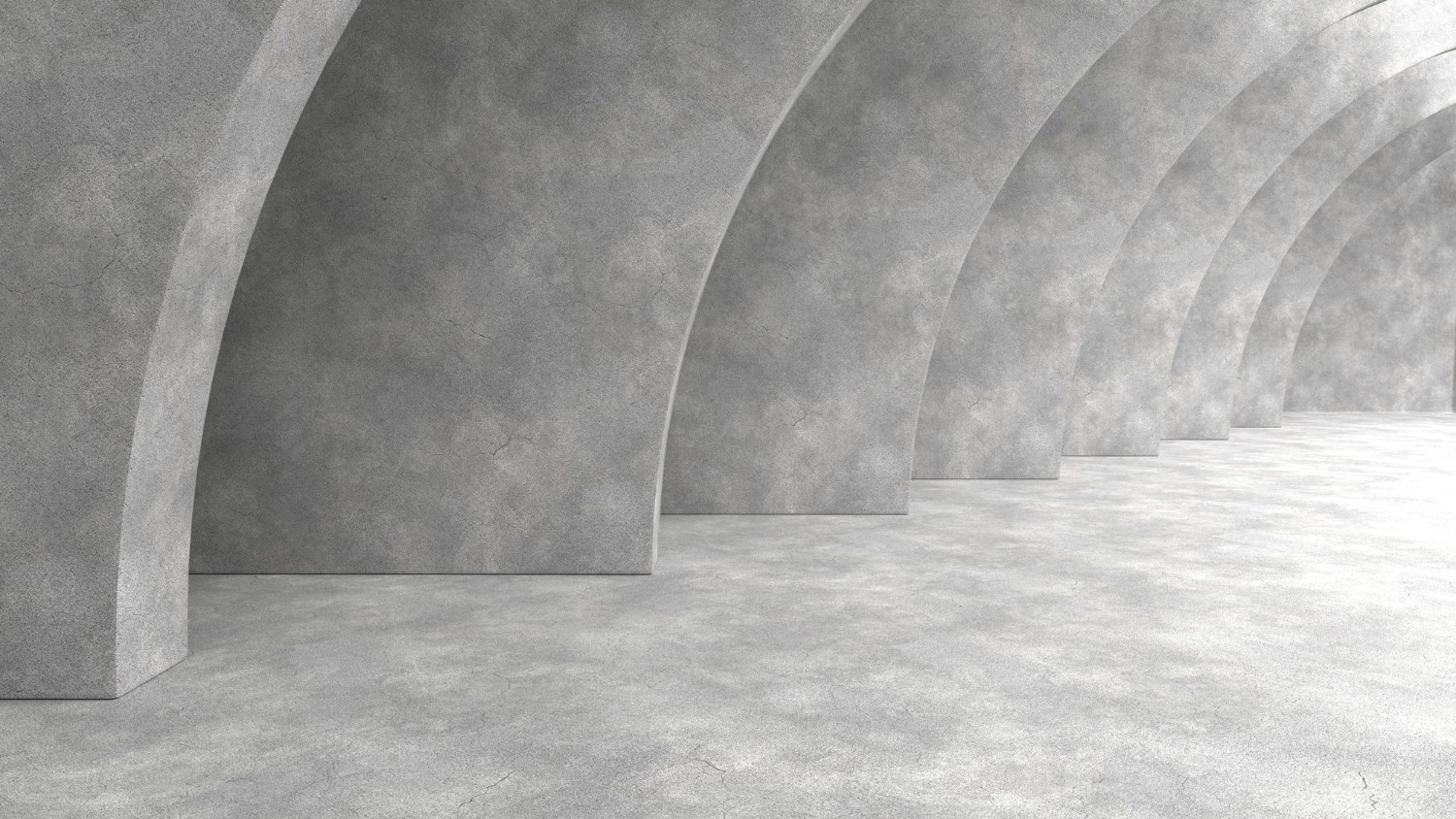
Exposed concrete has become a defining element in modern architecture, celebrated for its blend of functionality, durability, and aesthetic appeal. This article delves into the practical benefits that have made exposed concrete a preferred choice among architects and designers worldwide. From its structural reliability to its role in enhancing energy efficiency, discover how this versatile material is reshaping architectural landscapes.
Exposed concrete is renowned for its unmatched strength and resilience, serving as a foundational element in contemporary architectural design. Its robust structural integrity ensures stability and longevity, crucial for buildings to withstand environmental pressures and maintain durability over time. Additionally, concrete's thermal mass properties contribute significantly to energy efficiency by moderating indoor temperatures, reducing the need for excessive heating and cooling. This Concrete benefit not only minimizes operational costs but also enhances the sustainability profile of buildings by lowering their environmental footprint.
The design potential of exposed concrete is vast, allowing architects to integrate structural elements with aesthetic considerations seamlessly. Techniques such as formwork manipulation and surface treatments enable the creation of diverse textures and finishes, ranging from sleek and polished to textured and raw. This versatility not only enhances the visual appeal of buildings but also provides tactile experiences that engage occupants and visitors alike. Whether used in exterior facades, interior walls, or decorative elements, concrete adds a timeless and sophisticated touch to architectural compositions.
Achieving flawless exposed concrete construction requires meticulous planning and execution. Advanced formwork systems and casting techniques enable architects to achieve intricate designs with precision and efficiency. Innovations in concrete technology, including self-consolidating concrete and sustainable additives, enhance construction practices while reducing environmental impact. These advancements ensure that exposed concrete remains a reliable and adaptable choice for new constructions and renovations across diverse architectural contexts.
The evolution of concrete technology continues to drive innovation in architectural design. Advances in concrete formulation and application techniques enable architects to push the boundaries of creativity and functionality. High-performance concrete mixes enhance structural strength while achieving thinner profiles, optimizing space utilization and reducing material consumption. Moreover, digital fabrication technologies and parametric design tools empower architects to create intricate concrete forms and patterns previously unimaginable, fostering a new era of architectural expression and efficiency.
Its surfaces offer limitless opportunities for architectural creativity and customization. Architects can tailor concrete finishes with pigments, aggregates, and textures to align with specific project objectives and client preferences. Whether enhancing the visual coherence of urban landscapes or complementing the minimalist aesthetics of residential interiors, concrete surfaces play a pivotal role in shaping the built environment. Their durability and low maintenance requirements make them suitable for high-traffic areas and outdoor applications, contributing to the longevity and sustainability of architectural designs.
It finds versatile applications across various architectural styles and building types. In contemporary residential design, it lends a modern and minimalist aesthetic, characterized by clean lines and understated elegance. Commercial and institutional buildings benefit from concrete's adaptability, conveying solidity and permanence that instill confidence in occupants and visitors alike. Public spaces utilize concrete for its durability and ability to withstand heavy use while maintaining aesthetic appeal. In each context, concrete exemplifies a harmonious balance between architectural innovation and functional pragmatism.
Beyond its functional and aesthetic benefits, It contributes significantly to sustainable building practices. Its long lifespan reduces the need for frequent replacement, minimizing construction waste and environmental impact. Concrete's thermal mass properties enhance energy efficiency by stabilizing indoor temperatures, reducing reliance on mechanical heating and cooling systems and lowering carbon emissions. Moreover, advancements in concrete production, such as using recycled materials and incorporating green additives, further enhance its eco-friendly credentials. These sustainable attributes position concrete as a preferred choice for architects committed to creating environmentally responsible buildings.
From an economic perspective, concrete offers cost-effective solutions throughout the building's lifecycle. Its durability and low maintenance requirements translate into reduced upkeep costs over time. Additionally, concrete's ability to withstand wear and tear minimizes repair expenses, making it a financially prudent investment for property owners. Moreover, concrete's aesthetic appeal and perceived value contribute to higher property resale values, offering long-term financial benefits to stakeholders.
In conclusion, the practical benefits of exposed concrete in architecture underscore its versatility, sustainability, and economic viability as a building material. Its structural integrity, aesthetic versatility, and environmental performance make it an indispensable choice for modern architectural projects. As construction technologies continue to advance, concrete remains at the forefront of architectural innovation, offering enduring solutions that meet the evolving demands of urban environments.
1. What are the key benefits of using exposed concrete in architecture?
Concrete offers durability, energy efficiency, and aesthetic versatility, making it ideal for modern architectural projects.
2. How is the design of exposed concrete integrated into architectural aesthetics?
Designers use formwork, textures, and finishes to achieve unique and visually appealing concrete surfaces that complement architectural styles.
3. What construction methods are used for exposed concrete?
Construction methods include formwork systems, casting techniques, and innovative technologies that enhance efficiency and sustainability.
4. How can exposed concrete surfaces be customized?
Concrete surfaces can be customized with colors, aggregates, and finishes to meet specific design requirements and aesthetic preferences.
5. Is exposed concrete suitable for sustainable building practices?
Yes, concrete's durability, thermal mass properties, and recyclability make it a sustainable choice for eco-conscious architectural projects.












